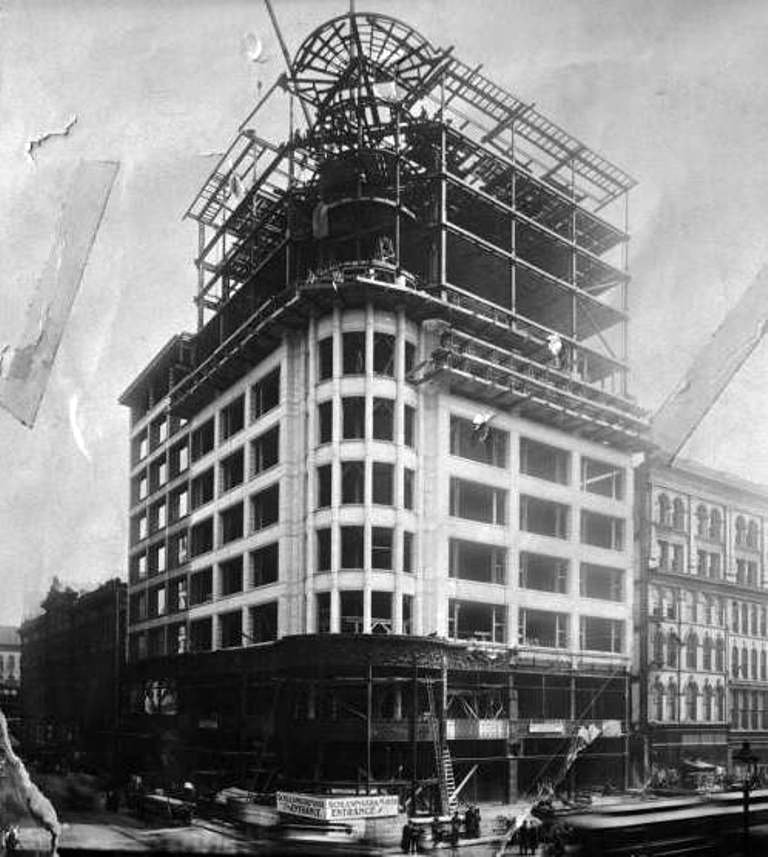The Historic and Iconic Sullivan Center
The way we see it, there are few buildings that can be called unique and historically influential — trend setters and architectural pilgrimage destinations.
Located at the heart of Chicago, the iconic and stunning Sullivan Center, previously known as the Carson, Pirie, Scott and Company Store, is one such building. It rises up on the south eastern corner of State and Madison Street and is a reminder of the days when Chicago architecture was at the forefront of innovation.
Throughout its over 120 year lifespan, the building has been touched by the hands of some of the biggest names in Chicago architecture. The regal property owes its original intricate brilliance to Louis Sullivan who designed it for the retail firm Schlesinger & Mayer in 1899. Subsequent additions and renovations to the building were completed by Daniel Burnham in 1906 and Holabird & Root in 1961. It was officially recognized as a Chicago Landmark in 1975. The building has been used for retail purposes since 1899, and is still an integral part of the Loop Retail Historic District.
Source: Chicagology
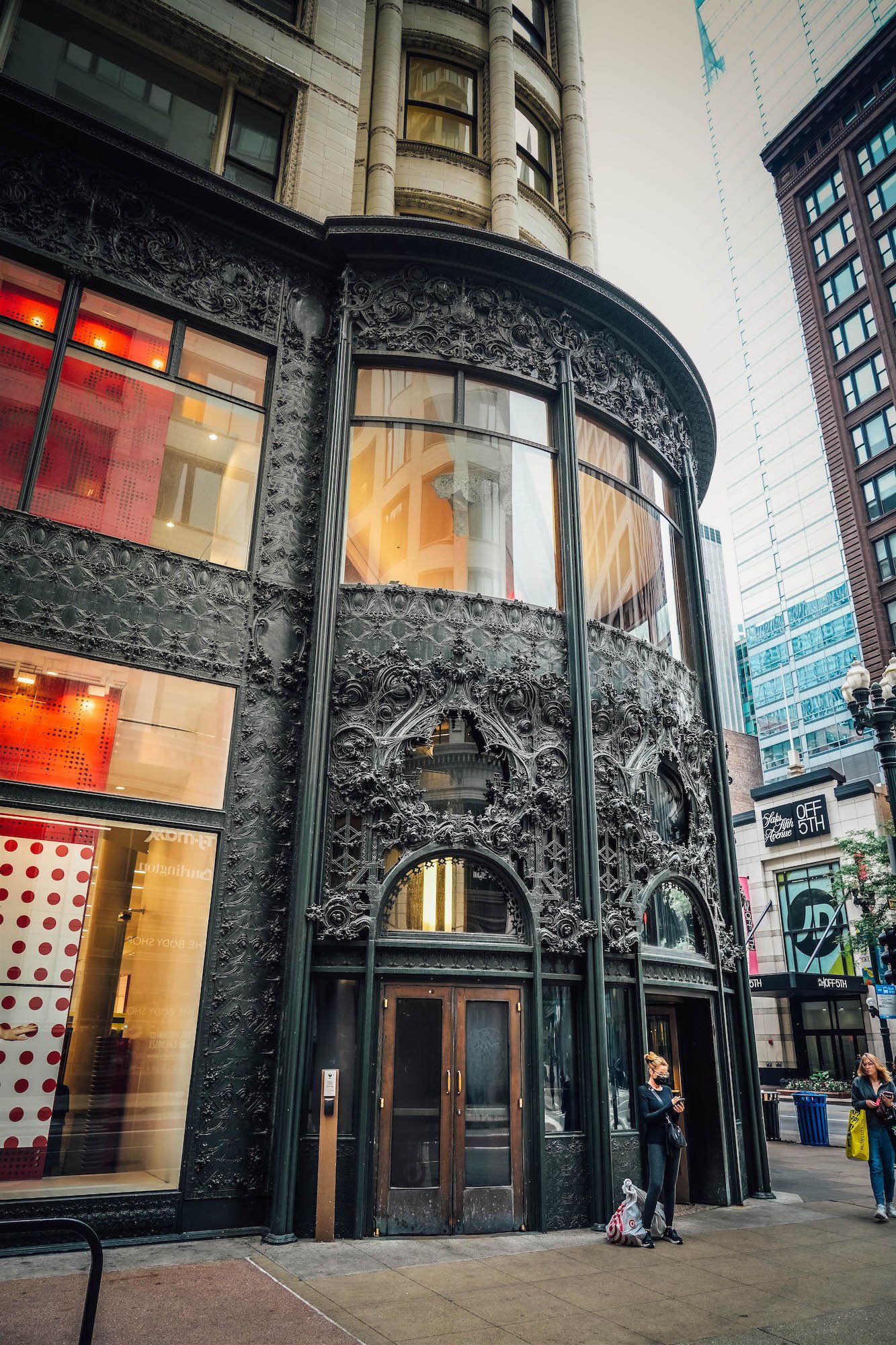
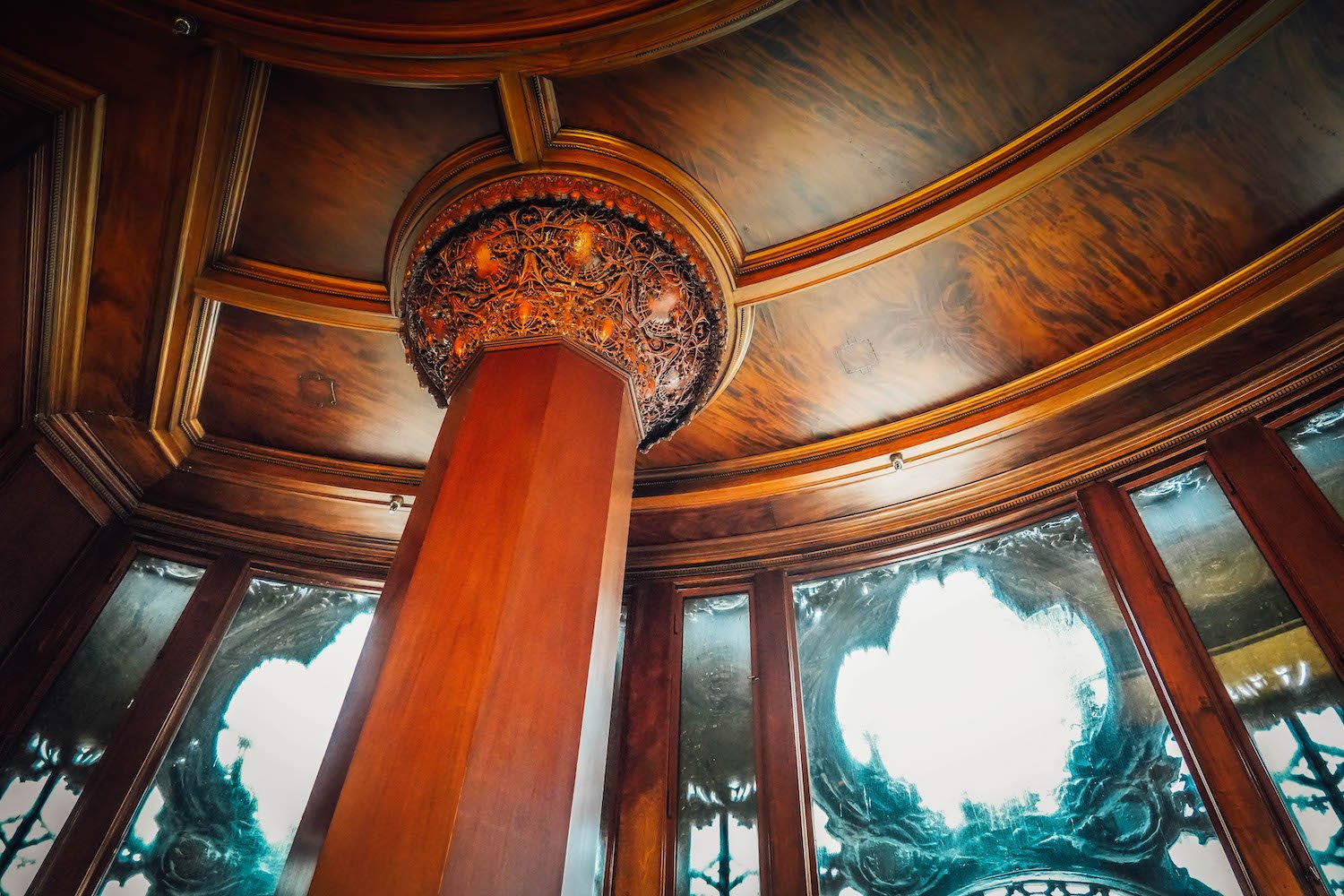
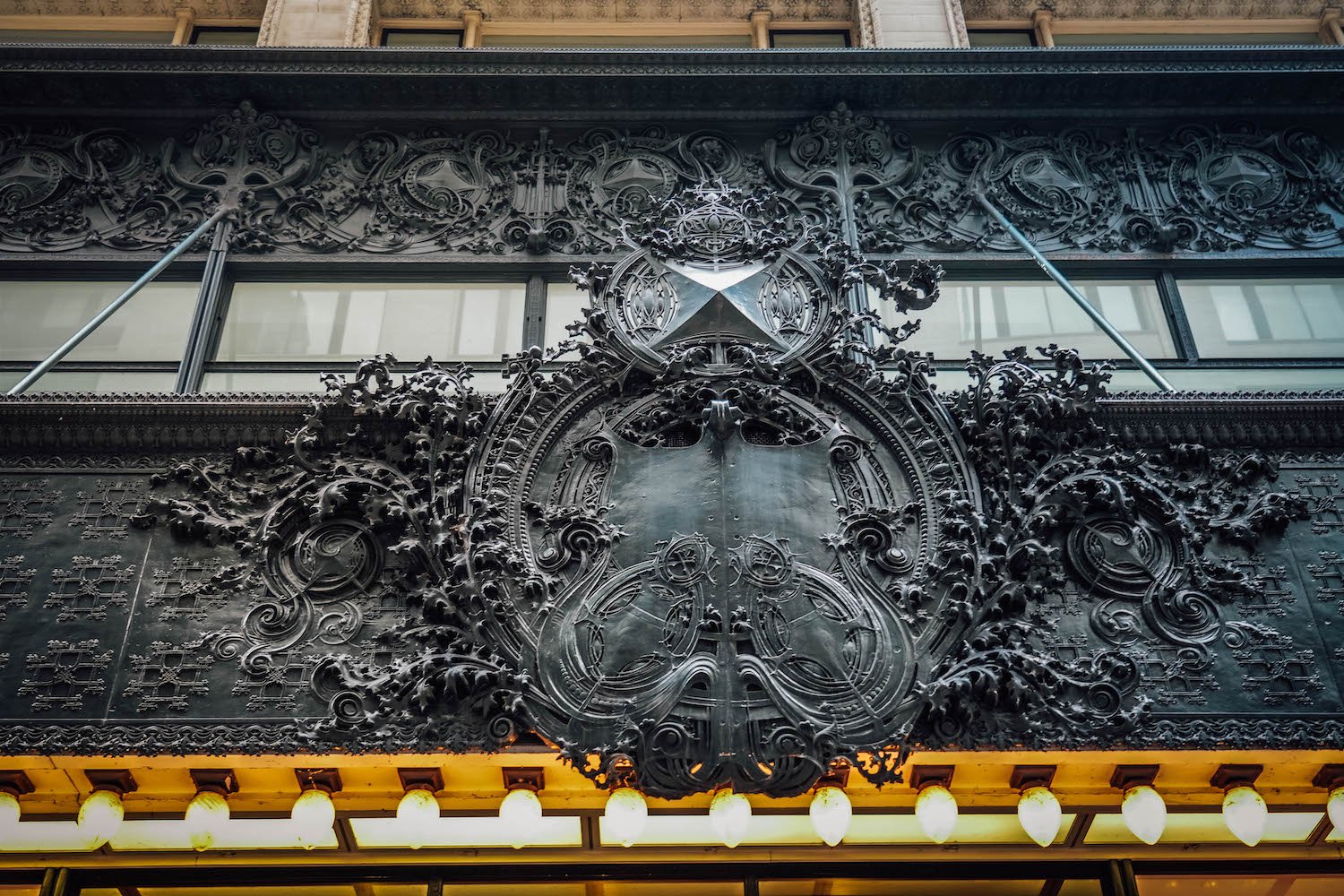
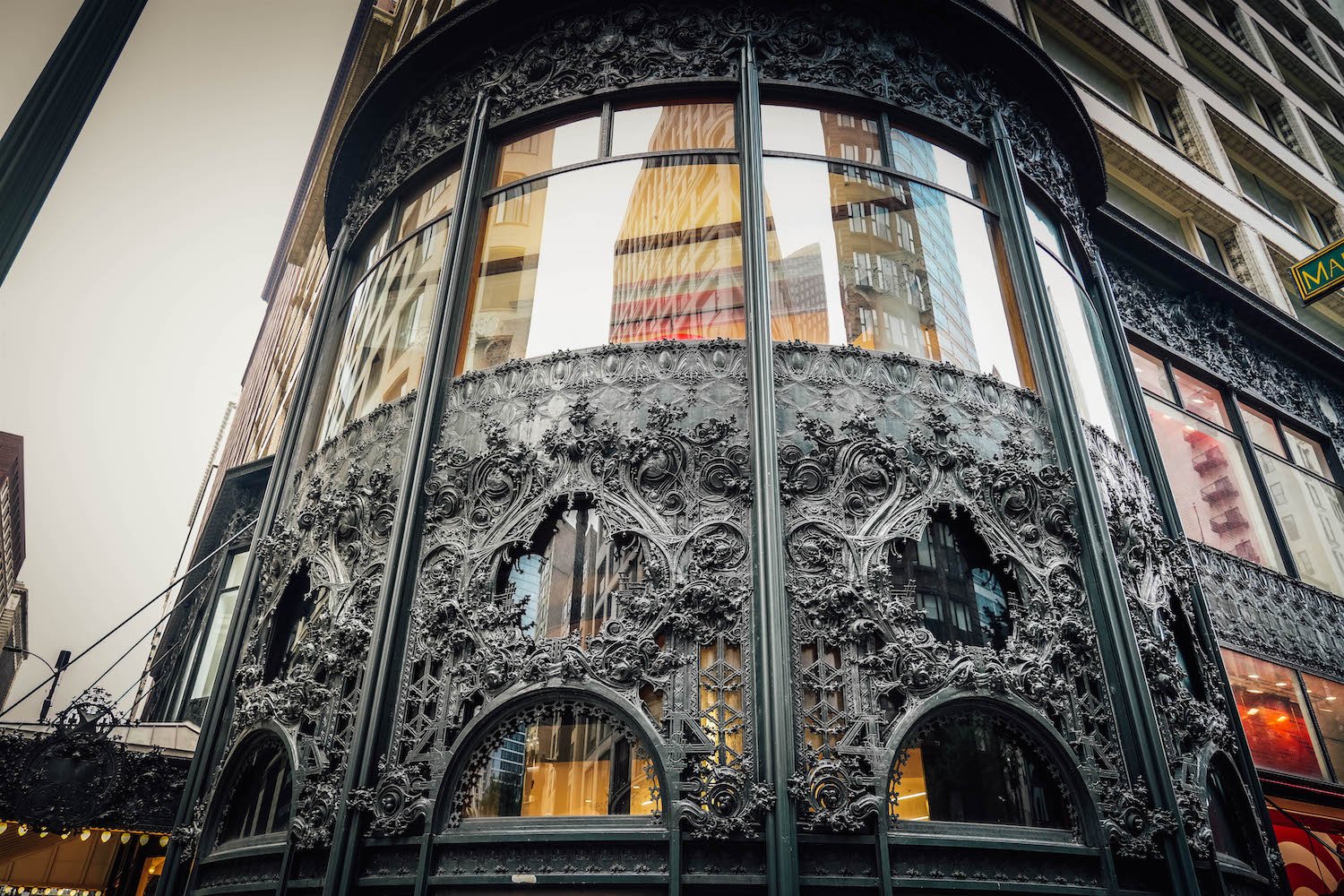
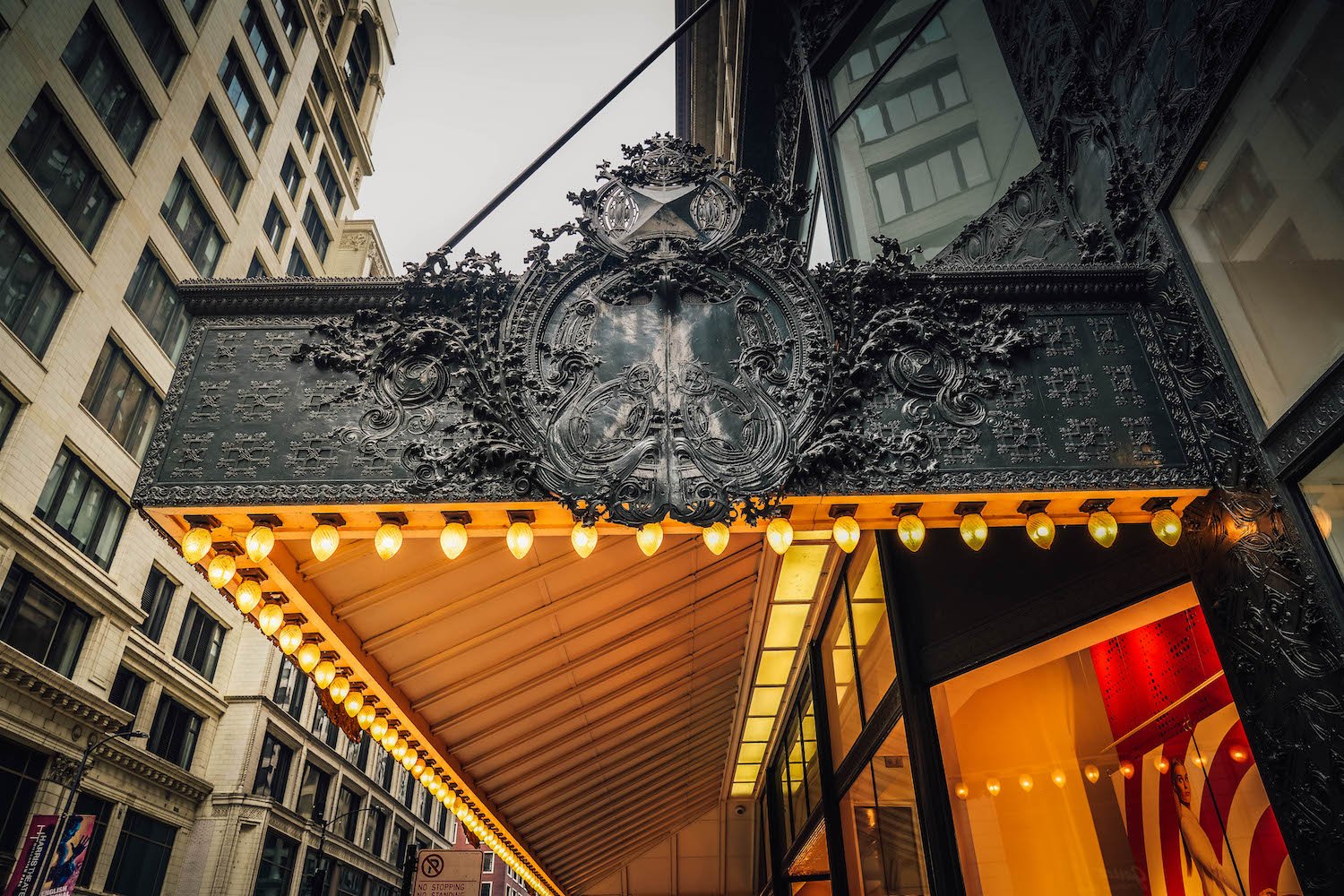
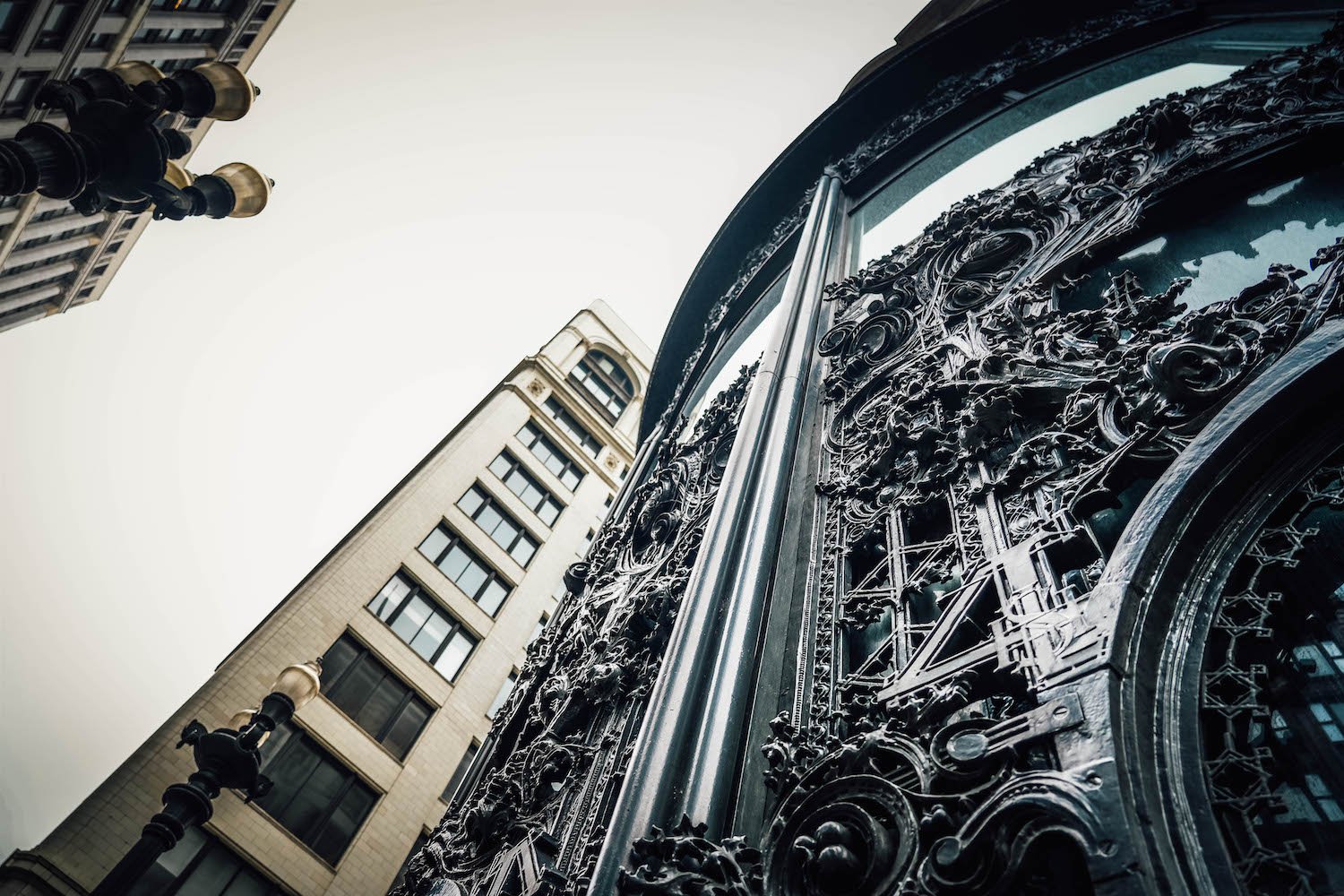
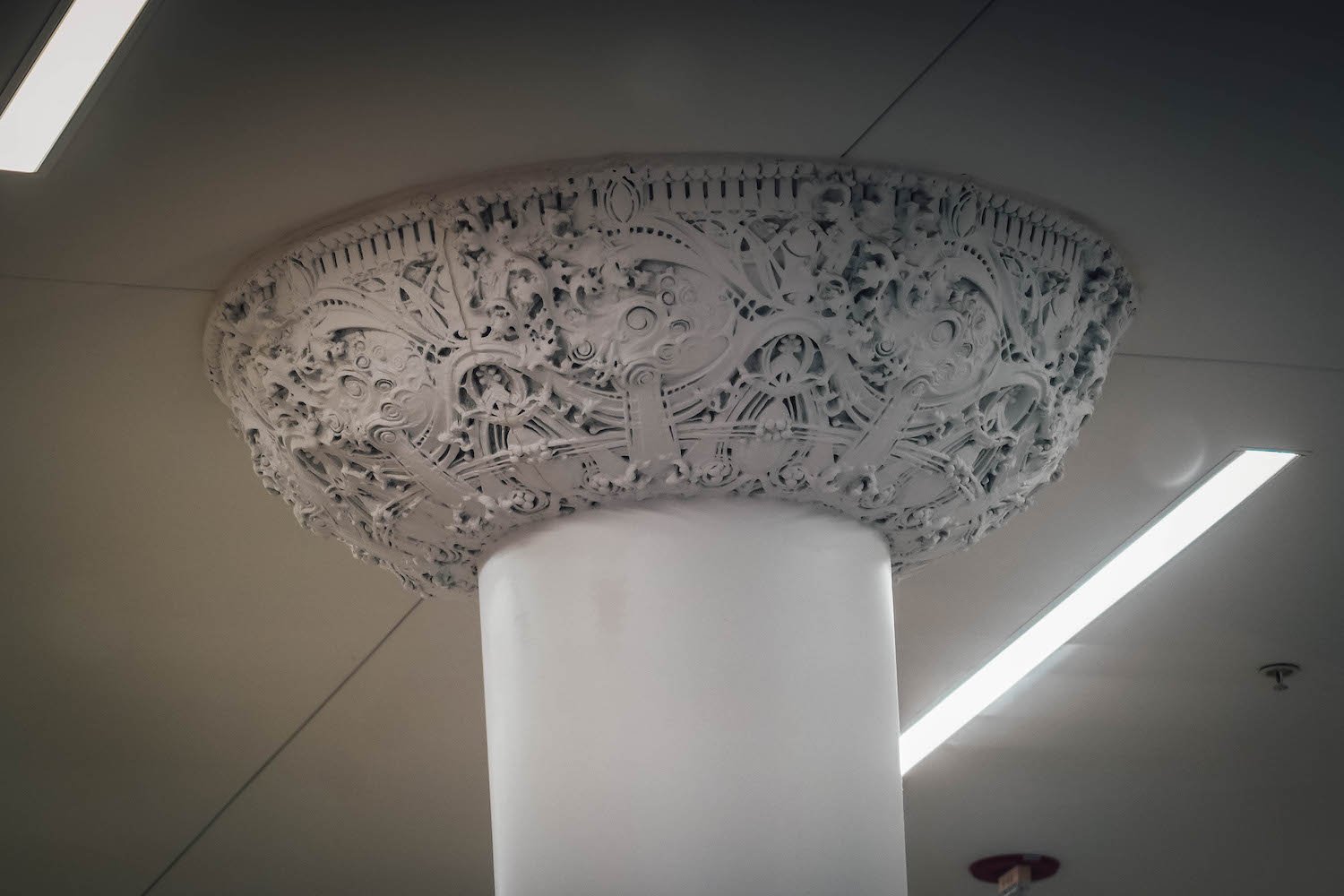
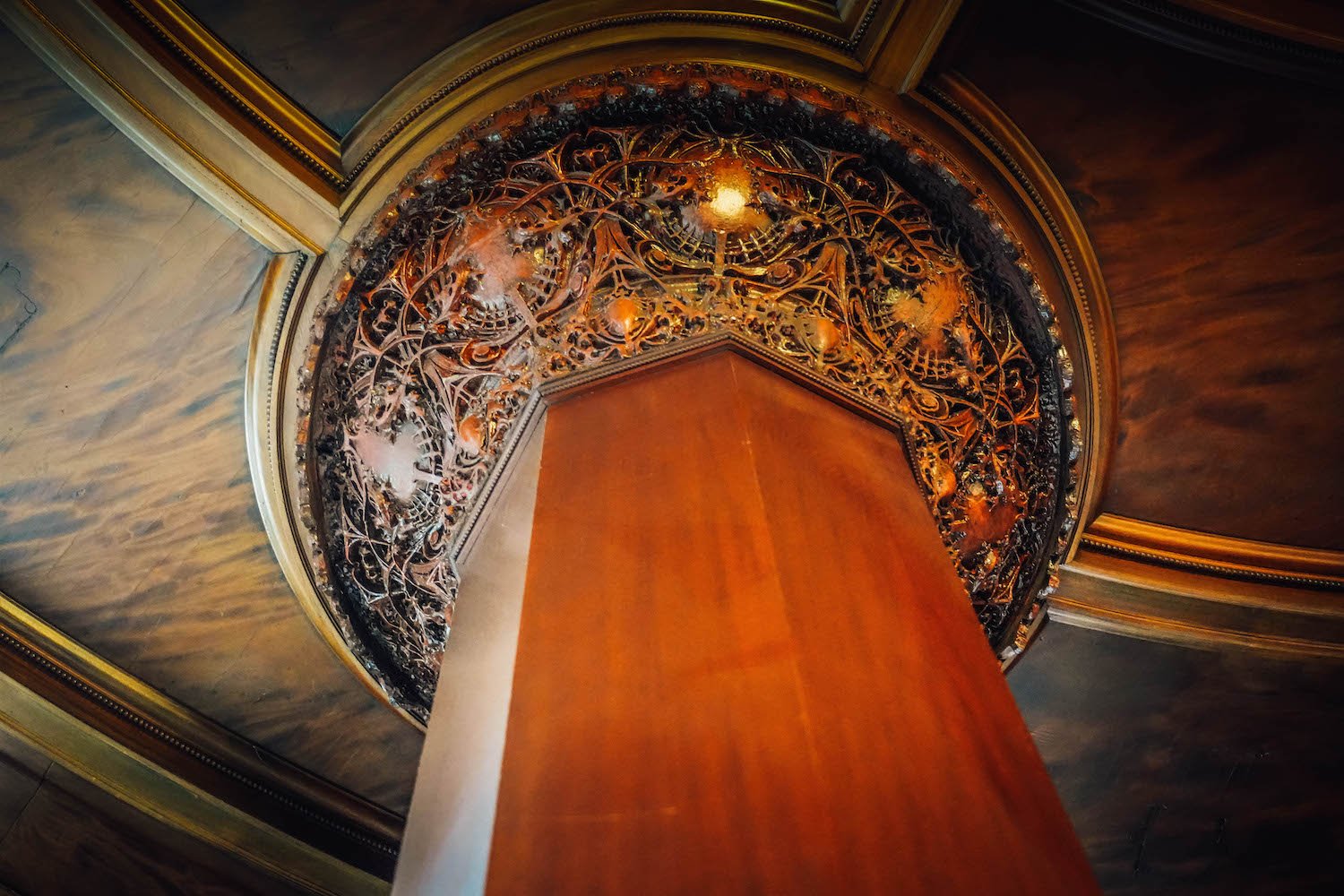
Source: Chicagology
The Sullivan Center was developed using innovative at the time skyscraper technology, which came to prominence in the city after, and because of, the Great Chicago Fire of 1871. The building is supported by a remarkable steel-framed structure, which takes weight off of the walls and allowed Sullivan to dramatically increase the size of its lower story windows.
Its street level half hexagonal window bays were the first use of what became known as the Chicago window, and the broad expanses of glass allowed for larger displays of merchandise to outside pedestrian traffic.
It was, and still is, the ideal sidewalk showcase. You’ll notice that its expansive historic windows are still being used to this day to advertise Target Merchandise to Chicago pedestrians and tourists from around the world.
Come visit, look on in amazement, and know that this property made history.
Source: Chicagology

